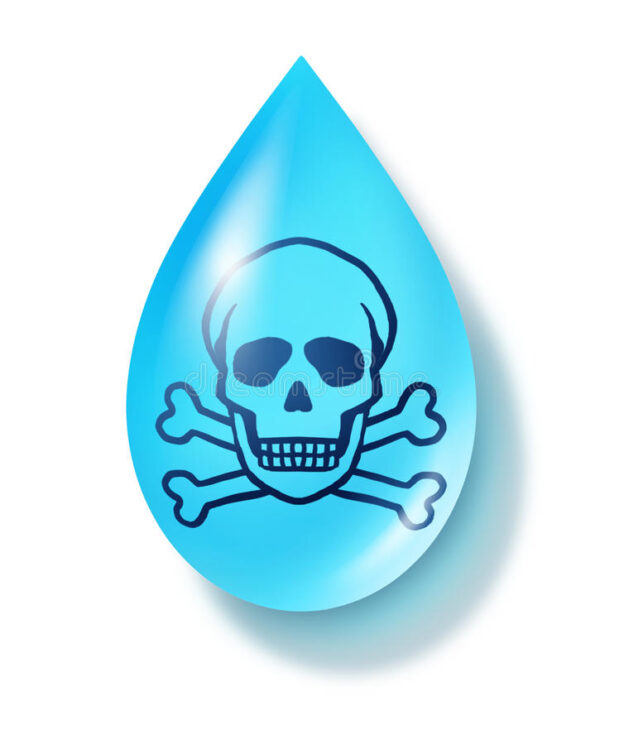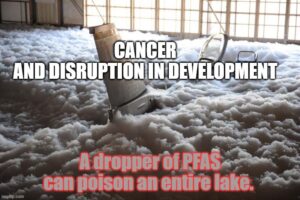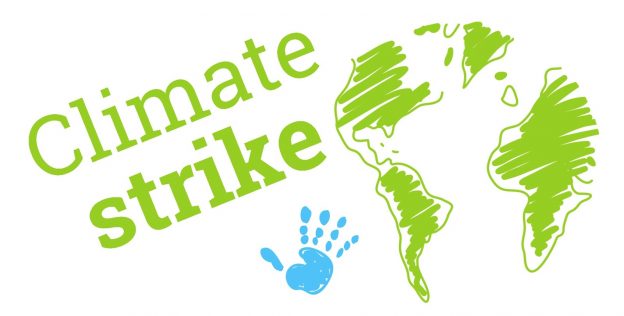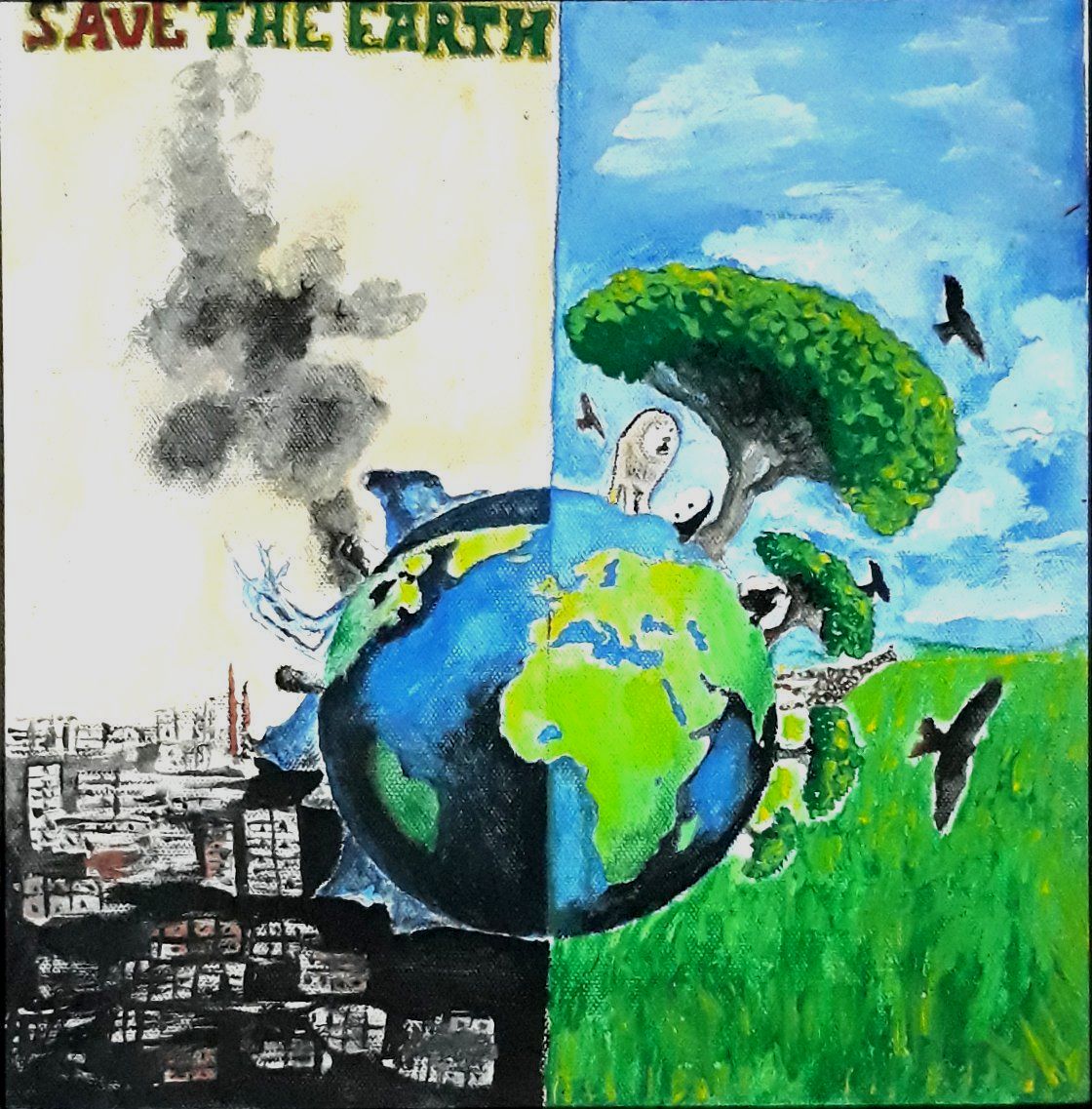The failure of manufacturers to report and deal with potential PFAS problems when they learned of them is saddling the companies with mounting legal costs.
Members of a 3M committee at headquarters in Maplewood had two big questions to answer in spring of 1978.
Did studies showing PFAS chemicals were more toxic to animals than 3M thought pose risks to public health and the environment? Or did research that PFAS were collecting in the bodies of 3M workers pose risks to public health and the environment?
If the answer to either or both questions was yes, the 3M Fluorochemicals Technical Review Committee knew it was required to tell the federal government about those risks within 15 days. Instead, confidential meeting minutes show, committee members decided the evidence wasn’t strong enough to warn the government or the public.
Yet the confidential minutes of a second meeting a month later also show the committee “urgently recommended that all reasonable steps be taken immediately to reduce exposure of employees to these compounds.”
These 40-year-old choices, found among tens of thousands of pages of secret documents unsealed by the Minnesota Attorney General’s Office and a Washington County judge, represented a critical juncture, say public health and environmental advocates.
The failure of 3M and other manufacturers, such as DuPont, to publicly report and deal with potential PFAS problems when they first learned of them is saddling the companies with mounting legal costs because of lawsuits brought by several states and individuals. And it’s about to cost U.S. taxpayers billions of dollars.
3M told the Star Tribune that it has paid “more than $1.2 billion” to treat PFAS pollution. That is a fraction of the $10 billion in taxpayer funds the country’s new bipartisan infrastructure bill allocates for PFAS cleanup. Other proposed PFAS pollution bills in Congress allocate billions more to clean up a mess 3M and other corporations made.
The Department of Defense spent $1.1 billion on PFAS cleanup in 2020 and estimates it will spend $2.1 billion more in 2021, according to the Government Accountability Office. Officials say it will take decades to address the pollution.
University of Michigan Prof. Allen Burton, editor of the journal Environmental Toxicology and Chemistry, said knowledge that PFAS was accumulating in humans “should have been enough to stop production.”
It wasn’t. 3M and others chose not to tell the public what they knew. They continued using PFAS that, over time, spread to the bodies of most Americans and hundreds of millions around the world. Per- and polyfluoroalkyl substances, better known as PFAS, do not break down naturally. Instead, they migrate throughout the environment, circulating through surface and groundwaters, soils and air. This results in potentially substantial exposures and increases in fish, wildlife and humans.
And as part of a $671 million lawsuit settlement in 2017, Dupont convened a panel to study a 3M-made PFAS called PFOA. DuPont and Chemours Co., which produced Teflon in Parkersburg, W.Va., using the 3M product, denied any wrongdoing. However, Dupont’s panel concluded that PFOA was likely linked to kidney and testicular cancer, ulcerative colitis, thyroid disease, and hypertension during pregnancy for people living around the Teflon plant.
The FDA says the data are “inadequate to evaluate cancer effects associated with PFBS exposure,” referring to one of the chemicals in the PFOA class. But the International Agency for Research on Cancer, part of the World Health Organization, has classified PFOA as possibly carcinogenic.
‘Defend our record’
To this day, 3M stands by its handling of PFAS. The company still argues that PFAS are safe to humans in the levels that exist in the environment. The company says it still makes and uses some of the fluorochemicals “to help make innovations like lifesaving medical devices and low-emission vehicles possible.”
“3M acted responsibly in connection with products containing PFAS … and will vigorously defend our record of environmental stewardship,” the company said in June.
PFAS are used in hundreds of everyday products from waterproof clothing and Teflon cookware to food packaging and firefighting foam. It took until the early 2000s for the public to begin to learn that these chemicals also had major problems. By then, PFAS had polluted municipal water systems, groundwater, landfills and military bases at thousands of sites across America. For instance, a new report shows PFAS groundwater pollution at an Air National Guard base near Duluth.
“Cleaning up PFAS contamination is a Biden-Harris administration priority,” an Environmental Protection Agency (EPA) spokeswoman told the Star Tribune in an e-mail. “The administration is currently discussing options for moving forward with the designation of PFOA and PFOS as a hazardous substance.”
After the EPA under former President Donald Trump strongly opposed a major PFAS regulation bill, new EPA chief Michael Regan has created a new Council on PFAS and is “evaluating the best available science to establish” enforceable maximum contaminant levels for PFOA and PFOS, the most toxic kinds of PFAS, in drinking water, the spokeswoman said.
States are also exploring legislation and regulations. This spring, the Minnesota Legislature banned PFAS from food packaging by 2024.
“There is a substantial amount of peer-reviewed literature documenting adverse effects, which is why there is [now] so much regulatory activity,” Burton said. “I think 3M is on the hook for a lot in this international catastrophe.”
In June, Joanne Stanton told a U.S. Senate committee that she is one of three women on the same street in Warminster, Pa., with a child who developed cancerous brain tumors containing embryonic tissue. Stanton told the Star Tribune that all the mothers and children grew up drinking water heavily polluted with PFAS used in firefighting foam at two nearby military bases.
Research shows that PFAS can cross the placenta from mother to fetus, said Jamie DeWitt, a PFAS researcher at East Carolina University. Breast-feeding babies can also ingest PFAS from their mothers, Harvard epidemiologist Philippe Grandjean said.
‘Crushes your trust’
Stanton told the senators that her son, who developed brain cancer at 6 and is disabled, was born in 1980. In 1981, 3M scientists recommended removing female employees of childbearing age from PFAS production jobs, a move 3M said was precautionary, not because the chemicals were harmful to employees.
Stanton chose to educate rather than sue. Like many whose circumstances suggest PFAS-related injuries, she cannot prove the specific time or incident where the chemicals hurt her son. That does not mean she buys 3M’s claims of innocence.
“To find out that somebody knew, and there was pain and suffering that could have been prevented, it’s just overwhelming,” said Stanton, who co-founded the Buxmont Coalition for Safe Water, a PFAS awareness group, with Hope Grosse, a cancer survivor whose family and friends also battled a variety of cancers. “It really crushes your trust in humanity.”
No one denies the suffering of Stanton and others. But 3M maintains it does not bear the responsibility.
Denise Rutherford, the company’s chief corporate affairs officer, testified under oath at a 2019 congressional hearing that PFAS, including PFOA and PFOS, have harmed no one at the levels they exist in the environment. The contention drew outraged rebukes from members of Congress who had heard from several people such as Stanton with lives turned upside down by inexplicable medical conditions.
Although 3M agreed to stop making PFOA and PFOS in 2000, the company said in a June statement to the Star Tribune that it is not “necessary or appropriate” to declare them — or any other PFAS — hazardous.
The company opposed the PFAS Action Act of 2021 that passed the U.S. House in July. The bill mandates hazardous designations for PFOS and PFOA and orders the EPA to establish limits in drinking water. It would allow federal, state and local governments to sue 3M and other PFAS makers to pay for cleanups.
3M said the law circumvents the environmental rule-making process and is not based on the “best available science.” Likewise, 3M sued New Jersey and Michigan for passing laws setting low limits on PFOS and PFOA in drinking water.
Court records, including a brief seeking punitive damages filed in November 2017 by then-Minnesota Attorney General Lori Swanson reveal that:
• In the 1950s, 3M knew that some fluorochemicals accumulated in humans and animals.
• In the 1960s, it knew the chemicals did not degrade in the environment.
• In the 1970s, the company knew certain PFAS were present in the blood of the general population, including people in rural China the company tested who lived nowhere near any production facility.
• In the 1980s, 3M scientists reported to management that there were “legitimate questions about the persistence, accumulation potential, and ecotoxicity of fluorochemicals in the environment.”
Critics say that if 3M, DuPont, Chemours and other PFAS producers had reported and reacted to these and other PFAS health risks as they should have, the fluorochemical industry could have helped control a burgeoning public health crisis.
Linda Birnbaum, who directed the government’s National Institute of Environmental Health Sciences and National Toxicology Program from 2009 to 2019, said PFAS makers “might have instituted pollution controls better and stopped dumping things directly.” Birnbaum likened 3M’s “lack of transparency, where people within the company knew that there was a problem and didn’t communicate,” to the tobacco industry.
‘This was nobody’s choice’
“At least with the tobacco industry, it was a smoker’s choice at some point to continue to smoke,” said lawyer Michael London, who represents people who say they have been hurt by PFAS pollution. “This was nobody’s choice.”
To date, the federal government’s major PFAS enforcement effort against 3M began in 1999. 3M agreed to a self-audit after a former 3M scientist, Richard Purdy, told the EPA the company was not revealing PFAS problems. Among the violations cited by the EPA was a 3M manager’s decision to overrule a 1998 scientific committee decision to disclose buildups of PFAS in non-employees. The company also failed to report to the EPA a 1999 assessment of PFAS in workers at a 3M chemical plant in Alabama, as well as a 1999 analysis of PFAS in children’s blood. The company eventually paid penalties of roughly $1.5 million to resolve self-disclosed violations of the Toxic Substances Control Act (TSCA). About $222,000 of those penalties included 34 TSCA violations involving PFAS, according to an October 2001 letter from the EPA to 3M.
3M paid the penalties, but the government did not require the company to admit wrongdoing.
Stanton chafes at what she sees as a strategy of corporate delay and denial coupled with a lack of regulatory accountability.
In comparison to the $222,000 in penalties 3M paid for not reporting PFAS problems, Swanson argued that phasing out PFOA and PFOS would result “in the loss of hundreds of millions of dollars in annual revenue.”
“It’s just so obvious that the fines are completely meaningless to the industry,” Stanton said. “So, it’s a David-and-Goliath fight every time. The EPA needs to start taking control.”
In 2018, Minnesota reached an $850 million settlement with 3M for the company’s PFAS pollution of drinking water in the east metro area of the Twin Cities.
The settlement remains 3M’s biggest PFAS payout to date. On Aug. 18, the state outlined a plan for $700 million in PFAS fixes. But the money does not fund a broader PFAS initiative that the state just announced. “PFAS are everywhere,” the Minnesota Pollution Control Agency warned.
“Is the settlement going to make the people of Minnesota whole?” asked former state Sen. Katie Sieben, who once represented the east metro. “The answer is no.”
Meanwhile, PFAS pollution lawsuits naming 3M, DuPont and other companies are mounting. In January, financial analyst Deane Dray of RBC Capital placed the number of suits at more than 300, potentially depressing the company’s capitalization by as much as $21 billion. In July, the huge investment bank Credit Suisse downgraded 3M stock in part because of the uncertain PFAS liabilities.
3M and others in the chemical industry want each of the thousands of types of PFAS tested individually before being classified as hazardous. The chemical industry says it wants to avoid restrictions on essential products such as medical devices.
PFAS critics voice concerns beyond share price and want all varieties of PFAS declared hazardous, not just PFOA and PFOS. “If you are dealing with a drug, it has to be tested before it can go on the market,” Birnbaum, the toxicologist, said. “Requirements for new chemicals entering the market are incredibly minimal. You can take that uncertainty as a reason to control [PFAS] and maybe even stop using it. Manufacturers will take that uncertainty as a reason why you shouldn’t make them stop producing it or selling it and making lots of money.”
Still, normal exposure to myriad environmental factors makes it hard to hold companies liable for individual health problems.
Critics say 3M’s ability to “control the science” about PFAS makes proving liability difficult.
“Their attempt to command the science was part and parcel of their efforts to conceal knowledge of the risks of these chemicals to human health and the environment,” Swanson told the Star Tribune.
3M denies Swanson’s allegation, saying its research actually increased public knowledge of PFAS.
Depositions in lawsuits quote at least one 3M official who talks about protecting the company’s reputation.
Federal records show the company and a trade group to which it belongs lobbied on laws to create more regulation of PFAS.
Birnbaum said both were aggressive in their opposition. When she ran the country’s toxicology program, the chemical industry’s political clout led her bosses to prohibit her from saying that PFAS “causes” harm. She could say only “linked.”
In 2007, when widespread PFAS pollution of east metro water systems came to light, then-state Sen. Sieben sponsored legislation to designate PFOA, PFOS and one other chemical hazardous. “The amount of opposition and strength that 3M threw at trying to defeat that bill was unlike anything I had ever seen,” Sieben told the Star Tribune.
Her bill died, but the PFAS crisis is far from over.
Hundreds of PFAS hot spots stretch across the country, from a Wolverine shoe factory in Michigan that used 3M-made fluorochemicals to the 3M PFAS production plant in Alabama that polluted the Tennessee River.
3M paid $55 million in settlement for the Wolverine pollution and $35 million in Alabama, small fractions of the billions that current federal, state, and local budgets ask taxpayers to pay.
Experts expect cleanup costs to rise as public health officials discover more polluted sites and companies continue putting fluorochemicals into products and the environment.”
Manufacturers can say, ‘Well, there’s only a small number of the 5,000 or so members of this group of complex chemicals associated with problems,’ ” Birnbaum said. “But the point is: When you look at other types of PFAS, you find the same kind of effect. The question is: Why in the heck are we making chemicals that will be with us forever?”









